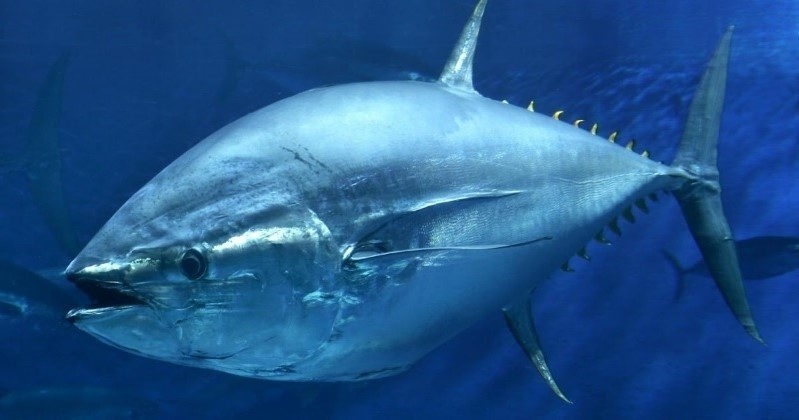June 18, 2025

Pacific bluefin tuna make headlines in the world’s most prominent media outlets. “Overfishing causes Pacific bluefin tuna numbers to drop 96%.” “Massive tuna nets $3.1 million at Japan auction.” “Quota for big Pacific bluefin tuna to rise 50% amid stock recovery.” Next month, there is an opportunity for Pacific bluefin to earn their best headline yet: “Agreement on management procedure locks in long-term sustainability.” And that’s exactly what we hope we’ll be posting on this blog in mid-July.
In response to the decimation of the species to just 2% of its unfished level, Pacific bluefin managers called for the development of a management procedure (MP) to be tested using management strategy evaluation (MSE). The first dialogue meeting of scientists, managers, and stakeholders took place in 2018 to provide input on management objectives and other MP elements. Fast forward 7 years, and we have a final MSE, with 16 candidate MPs in the running for selection by the IATTC-WCPFC Northern Committee Joint Working Group on Pacific Bluefin Tuna (JWG) when it meets in Toyama, Japan, July 9-12. To prepare for that meeting, the JWG will host a webinar next week to review the final results and offer a Q&A session.
The key remaining decisions include:
For the TRP, we support neither the most aggressive nor the most conservative fishing rate, instead preferring a middle option to balance long-term catch and conservation.
For the ThRP, we support a level that is an adequate distance from the LRP to ensure that it is not breached.
For the LRP, we again support one of the central options that balances the tradeoffs between fishing and stock status objectives. We oppose the candidate MPs that do not include an LRP because LRPs are an essential element of all MPs, ensuring that the stock does not drop to a dangerously low level.
We do not have a position on the West:East split, but note that because the two options did not show much difference in terms of their conservation performance, a compromise between the values tested could also be considered as a viable alternative. Most importantly, the split should not prevent agreement on an MP next month.
The completed MSE represents the best available science for Pacific bluefin and provides performance results for stock status, catch, and fishery stability across a range of uncertainties related to stock productivity, fishery efficiency, and catch underreporting. By agreeing to an MP, the JWG will put the valuable stock on a path toward long-term fishery sustainability and profitability, with catches projected to increase over time for almost all candidate MPs as the stock is allowed to fully recover.
This is great news for the fishing industry and the seafood supply chain, all the way to the consumer of this coveted sushi selection. Adopting an MSE-tested MP could also open the door to for industry to secure sustainable seafood certifications, such as through the Marine Stewardship Council (MSC), increasing the bottom line for industry. Fishers will benefit from the predictability and transparency of a pre-agreed approach for setting annual catch limits, a stark contrast to the current ad hoc approach of political negotiations for 50 tonnes of quota here or 500 tonnes of quota there.
The deliberations of the following month have been in the making for almost a decade. Check back here in mid-July for the outcomes of the JWG meeting, which will hopefully pave the way for formal MP adoption in the western Pacific (at WCPFC) and eastern Pacific (at IATTC) later this year.